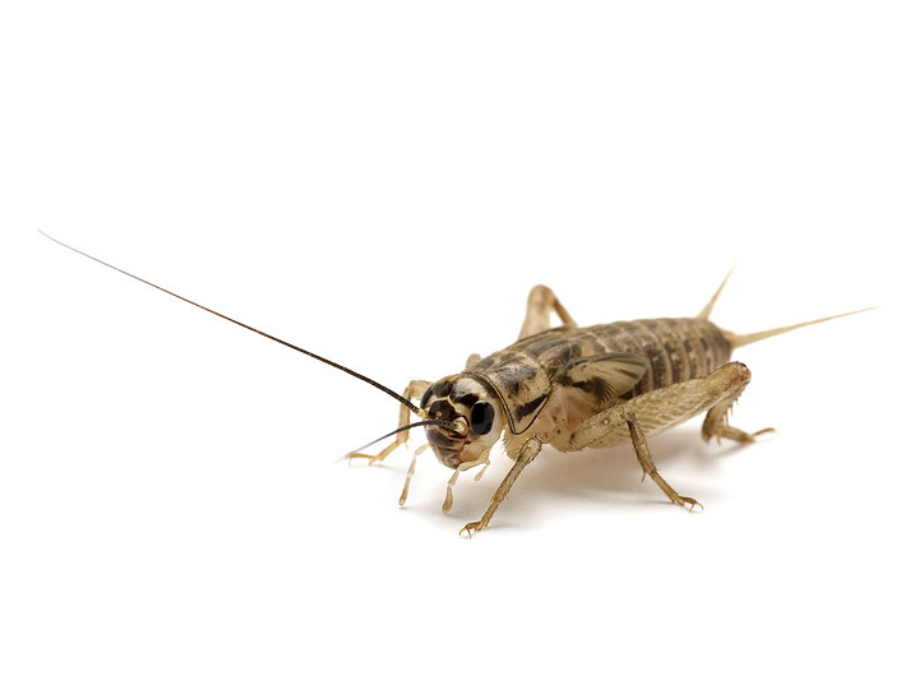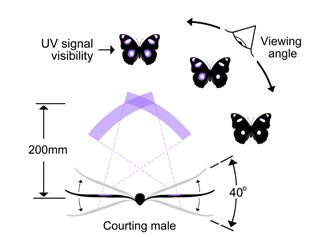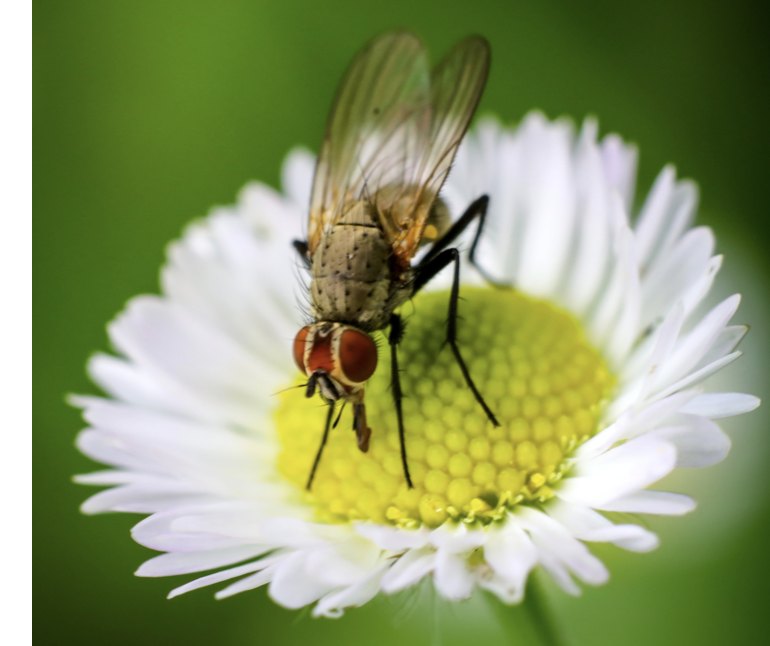Research
Information shapes experience in living systems. Our work broadly centres on understanding the ebb and flow of information in the natural world, and its profound behavioural and evolutionary consequences for organisms, including humans. Some areas of enduring interest include:
Invertebrate experience, welfare, and ethics

Do invertebrates have a felt experience of the world? Do insects respond reflexively, or do they bear the capacity for flexibility and evaluations that suggest a richer internal life? What are the welfare impacts of animal production, including the rapidly expanding use of invertebrates? We are deeply interested in probing both the inner lives and outward interactions of animals. These questions promise insight into the fundamentals of perception and sentience, while also carrying profound practical and ethical consequences for how we responsibly engage with the majority of animal life, especially at scale through agriculture, recreation, and management.
Communication and deception

All organisms need to gather and exchange information with the world at large, and we are broadly interested in understanding the mechanisms, causes and evolutionary consequences of this basic challenge. Current projects are focused on understanding how suites of traits coevolve to enable communication in ‘noisy’ natural environments, how the information encoded in diverse visual cues (colour, pattern, motion) is integrated to inform crucial decisions, and the vital role of communication in shaping local adaptation and survival amidst unpredictable environmental change. We also have longstanding interests in dis- and misinformation, how it flows through biological and social networks, and its evolutionary consequences. The colour polymorphic lures of tropical spiders have proven a rich model in predator-prey deception, while flies present a window to sexual selection and conflict, though many questions remain. We enjoy testing and extending methods for analysing colour and vision in nature, as well as developing software that improves the accessibility of such tools.
Resilience and repair

How do ecosystems maintain their function under stress? How do interactions among species — pollinators, predators, prey — shape that stability? Our work increasingly investigates the resilience and fragility of ecological networks, especially where invertebrates play a key role. We’re interested in what it takes to conserve not just individual species, but the relationships that sustain biodiversity and ecosystem function. Current work includes: understanding the role of nocturnal insects in pollination network resilience; the conservation and management of saproxylic invertebrates in fragmented landscapes; illuminating the food webs of endangered shorebirds; and detailing the mutualism between wolf spiders and critically endangered earless dragons. We’re drawn to systems where behavioural and sensory biology intersect with conservation outcomes, and where preserving function means understanding the full richness of biotic interactions.
